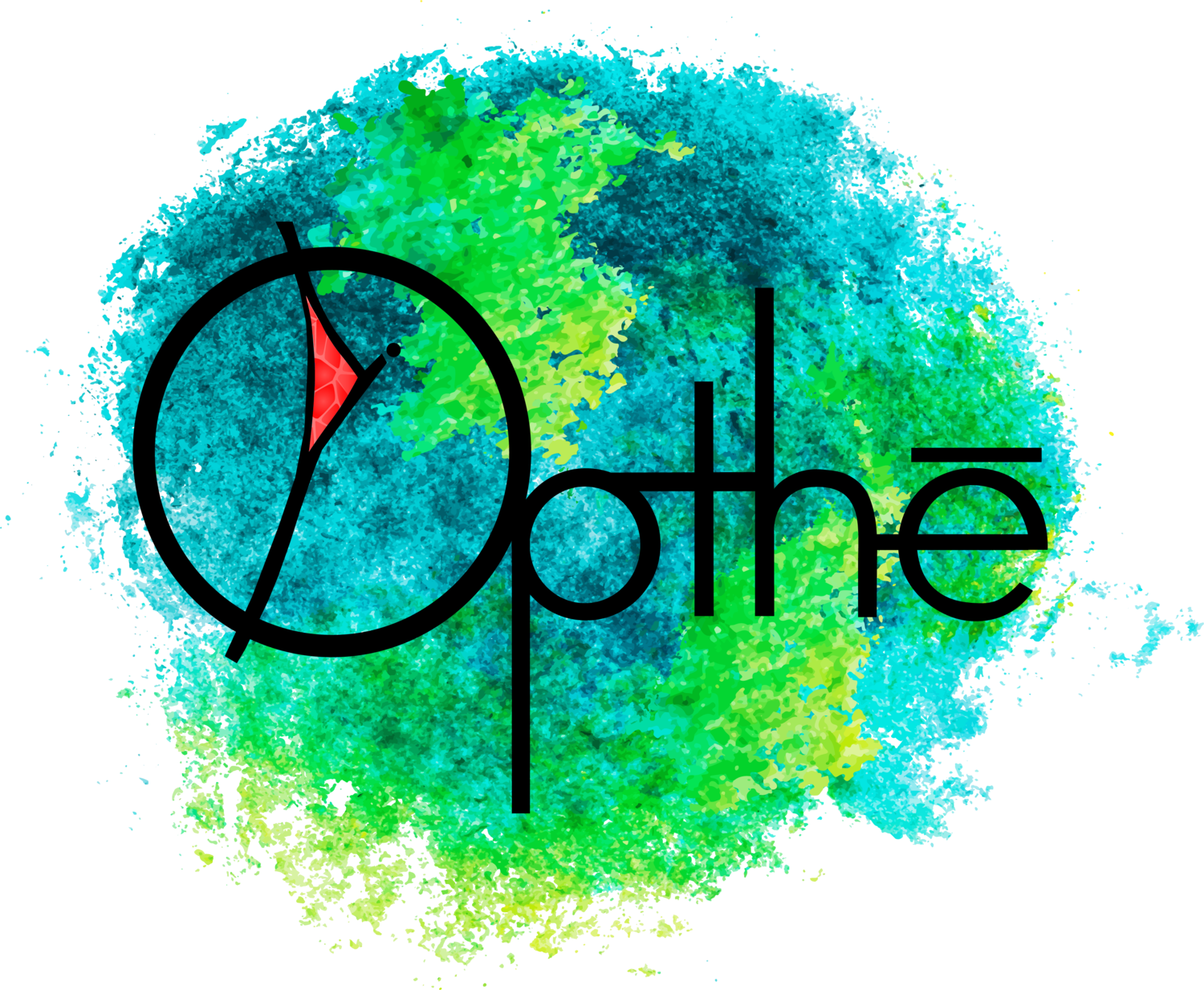The Thermodynamics of the Sacred and the Character of Coherence
The universe began without intention—no design, no plan, no decree.
Energy expanded, matter condensed, and in that vast, chaotic unfolding, a pattern appeared.
Ilya Prigogine called these dissipative structures: temporary pockets of order that feed on flow.
Jeremy England showed that when energy streams through matter long enough, the matter reorganizes itself to dissipate that energy more efficiently.
Life, then, is one of the configurations that worked.
The cosmos does not choose or allow.
It is simply the arena in which anything that can occur may occur.
Energy follows its gradients; matter follows its bonds.
Out of this continual motion, some configurations prove stable enough to persist for a time.
Biological life is one such survivor—an improbable equilibrium held briefly against entropy’s drift.
Countless other patterns may have flared and vanished, leaving only statistical ghosts in the deep archive of probability.
Intentionality and Reflection
Out of this restlessness came a form of matter that could be imagined.
Nature itself has no purpose; it does not deliberate.
But within its flux, certain configurations of matter developed the capacity to model the world and act within it.
These forms—us among them—introduced intentionality into the cosmos.
Intentionality is not a divine gift; it is evolutionary feedback—matter folding back on itself in awareness.
Through consciousness, the universe begins to look inward, to question its coherence.
Meaning and Its Makers
The universe is structured but indifferent.
Meaning is what awareness does with structure.
It emerges when conscious beings encounter a pattern and ask, What does this arrangement mean for life?
Without observers, the cosmos would still move, still cohere physically—but it would be mute.
Meaning is our translation of coherence into significance, our way of recognizing that order matters to us.
In this sense, coherence is what priest and theologian Robert F. Capon called the divine fox—playful, elusive, and forever ahead of capture.
We chase it not to possess it, but because the chase itself awakens us.
Designating the Sacred
In Opthēan theology, nothing is sacred by nature.
Sacredness is a designation—a communal act of reverence for what sustains coherence.
When a people recognize that sustaining coherence is essential to life and understanding, they may choose to call that recognition sacred.
To designate something sacred is not to claim cosmic authority; it is to make a vow—to protect the fragile improbability of life and the awareness that allows it to name itself.
The sacred, then, is not found; it is chosen and upheld in the face of entropy.
Testing Meaning
If meaning is made, not given, how do we know whether it deserves to last?
We judge it by the character of its coherence:
Internal Coherence—Does it hold together logically?
Relational Coherence—Does it harmonize with the wider network of life and community?
Empirical Coherence—Does it align with observed reality?
Moral Coherence—Does it nurture what allows life and truth to continue?
Aesthetic Coherence—Is it beautiful? Beauty is coherence felt in the body—the sensory echo of truth.
Meanings that endure across these tests are not absolute, but they are trustworthy.
They keep the dialogue between pattern and perception alive.
Beauty as Verification
When coherence matures into integrity, it reveals itself as beauty.
Beauty is the felt resonance of truth—the body’s recognition that something fits.
It doesn’t replace reason; it completes it.
In the end, the most reliable meanings are those that are true, coherent, and beautiful all at once.
The universe is coherent but not meaningful.
Meaning arises only where awareness emerges and begins to care.
Through that caring, coherence becomes sacred—not by decree, but by choice.
Through us, the cosmos reflects upon itself.
We are its instruments of reflection.
its caretakers of coherence,
and the pursuers of the divine fox that forever runs ahead of us
laughing in the dark.

